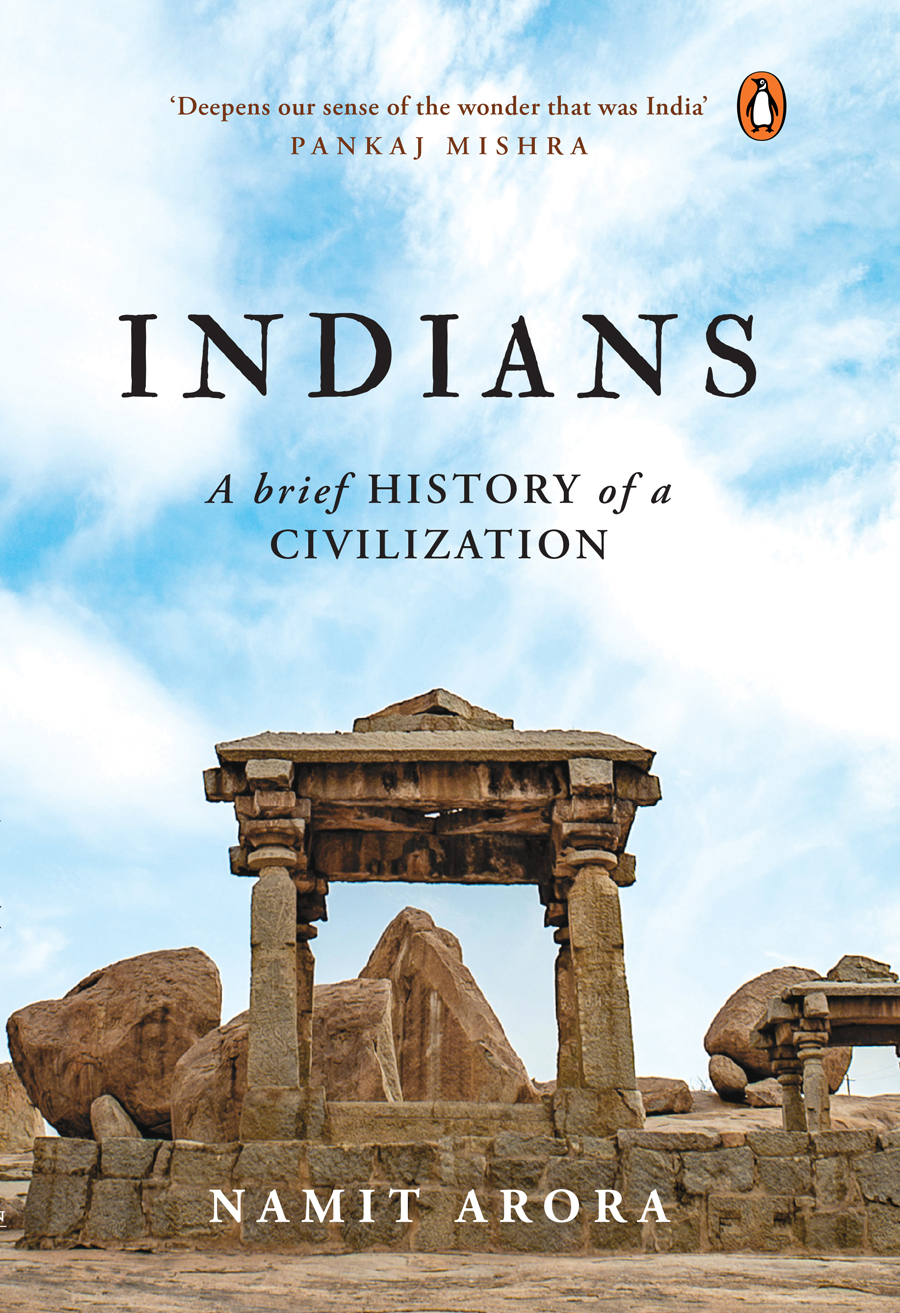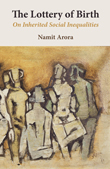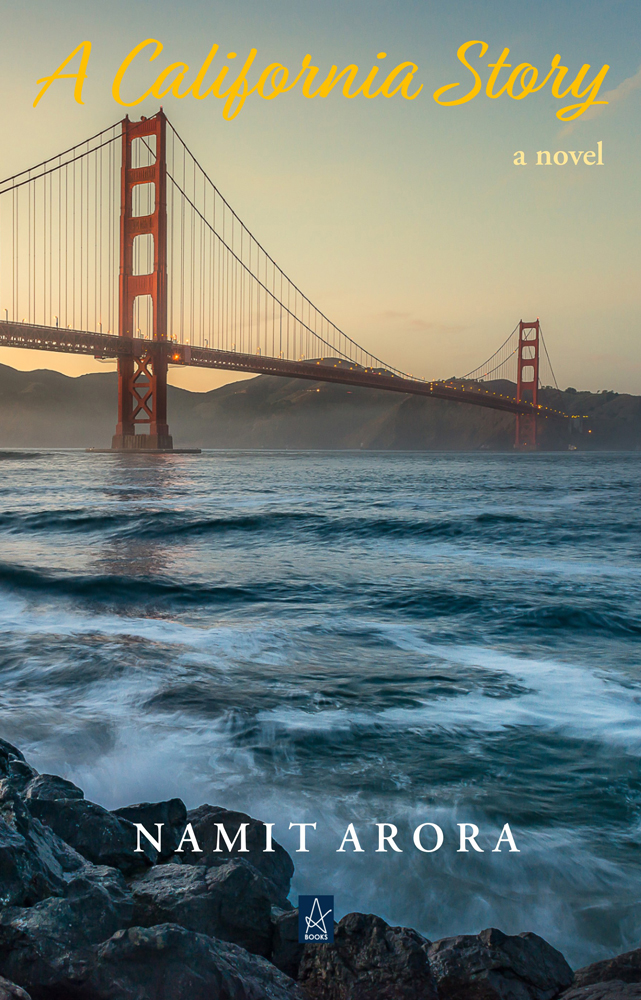| Index of articles from the Blog |
| Animals |
| Anthropology & Archaeology |
| Art & Cinema |
| Biography |
| Books & Authors |
| Culture |
| Economics |
| Environment |
| Fiction & Poetry |
| History |
| Humor |
| Justice |
| Philosophy |
| Photography |
| Politics |
| Religion |
| Science |
| Travel |
Books by
Books by
|
The Leatherback Turtles of Trinidad
By Namit Arora | May 2011 | Comments
|
Grande Riviere, a tiny village on the northeastern coast of Trinidad, is one of the few beaches in the world where the leatherback turtle comes to nest. It lies near the end of a serpentine road that hugs the palm-fringed Atlantic coast for miles, then cuts through the lush rainforest of the Northern Range. A river, for which the village is named, and the rainforest—abuzz with the sound of crickets and birds—tumble onto its Caribbean sands, giving the place a remote and sensual air. Cacao plantations once flourished here but the few hundred people of Grande Riviere now rely on fishing and ecotourism. All three or four of its pricey tourist lodges are near the beach; a village bar, a couple of provision stores and eateries, and a post office are on the main road further behind. The star attraction, and the primary reason for our visit last month, is clearly the leatherback. My partner, Usha, and I arrived in the early evening with Ulric, our gentlemanly guide of Afro-Carib ancestry, whom we had hired in Port of Spain to drive us to a few places on the island. After we decided to stay at the Le Grande Almandier (the LP guidebook called it "the best value"), he left to spend the night at a friend's place in a nearby town. Being the kind who love their work, he had gone out of his way to bring alive the island and its people to us, not the least through his own personal history. All day his Trini English had grown on me. Dinner consisted of vegetarian pickings from a Creole-French menu, a legacy of the plantation era culture in these parts. At the Visitor Center, we secured our permits to see the turtles, saw a documentary film on them, and waited. [Article continues below this HD video.]
Is there another animal that appears more often in human mythology, folklore, and literature than the turtle and its land dwelling cousin, the tortoise? They have variously stood for wisdom, tenacity, longevity, fertility, or stability in cultures around the world. The leatherback is the largest of all living turtles, the male up to 900 kgs and 3 m. It feeds mostly on jellyfish and lives up to 45 years (a disputed number). Unlike other turtles, it lacks a bony shell but has a hard leathery skin. That plus its powerful flippers and hydrodynamic body allow it to dive down to 1400 m and swim as fast as 35 kmph. Given its large size, its natural predators include only sharks, killer whales, and now humans.
About thirty tourists, mostly Europeans but also many Trinis, congregated near the entrance to the beach at 9:30 PM. A guide reviewed the turtle-watching etiquette—no white lights, flash photos, loud noises, feeding, or touching. Did everyone in their beach-facing rooms turn off the lights? He then led us onto the sands, awash in the light of a nearly full moon. Within minutes, we saw over a dozen leatherbacks. Since turtles do not see red, some people used red flashlights to illuminate them. Two more were wading out from the sea but we were told not to go near them lest they turn back.
Back on the beach at 5:30 AM, we were delighted to find four turtles—our chance to observe this creature of the sea on terra firma in the light of day. And what primeval looking beings they are! Quiet, solitary, and non-aggressive, laboriously trudging along the sand with their flippers. A sticky gel oozed out of their eyes; sand clung to their eyes, mouth, and body. "So ugly, they're cute!" I said to Usha. I couldn't tell a young turtle from a middle-aged one; they looked so ageless. Every so often one would freeze and soulfully stick her neck up. I wondered what the world looked like to them, with their strange bodies, instincts, and cognitive capacities. How different our own "real world" would have been with night vision or a geomagnetic sensorium? How would human culture have turned out, say, without our fear of the dark?
Click here for more pictures from Grande Riviere. More writing by Namit Arora? |
Designed in collaboration with Vitalect, Inc. All rights reserved. |
|








